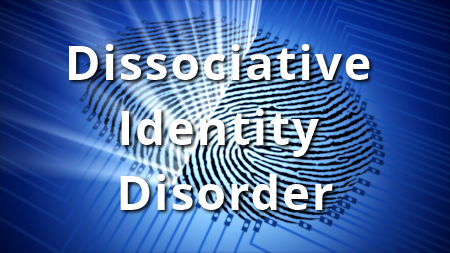Dissociative Identity Disorder (DID)
 Dissociative Identity Disorder or DID is a severe condition in which two or more distinct identities, or personality states, are present in an individual. Some people describe this as an experience of possession. The person also experiences extensive memory loss.
Dissociative Identity Disorder or DID is a severe condition in which two or more distinct identities, or personality states, are present in an individual. Some people describe this as an experience of possession. The person also experiences extensive memory loss.
DID is characterized by identity fragmentation rather than separate personalities. The disturbance is not due to the direct psychological effects of a substance or of a general medical condition. Dissociative Identity Disorder was called multiple personalities until 1994. The name was changed to reflect a better understanding of the condition. Namely, that it is characterized by a fragmentation, or splintering, of identity rather than by a proliferation of separate identities.
Symptoms of Dissociative Identity Disorder (DID)
- Two or more distinct personalities exist in one individual; one personality is always present
- Dissociative amnesia including gaps in the recall of important personal information and everyday events
- Severe distress and impairment in functioning because of the disorder
- The disturbance is not part of normal cultural or religious practices
- The disturbance cannot be explained by substance use or another medical condition
Signs of Dissociative Identity Disorder (DID)
- Personalities are discrepant (disagreeing) and often opposite.
- Each personality is well-ingrained with its own memories, behavioral patterns and social relationships that govern its behavior.
- Transition from one personality to another is often sudden and brought on by stress.
- Amnesia or blackouts
- The person referring to him or herself as “we”
- The person being told that they did certain things they don’t recall. The person may find unfamiliar objects or samples of strange handwriting.
- Sleepwalking and automatic writing (such as those in fugue states)
- Auditory hallucinations
